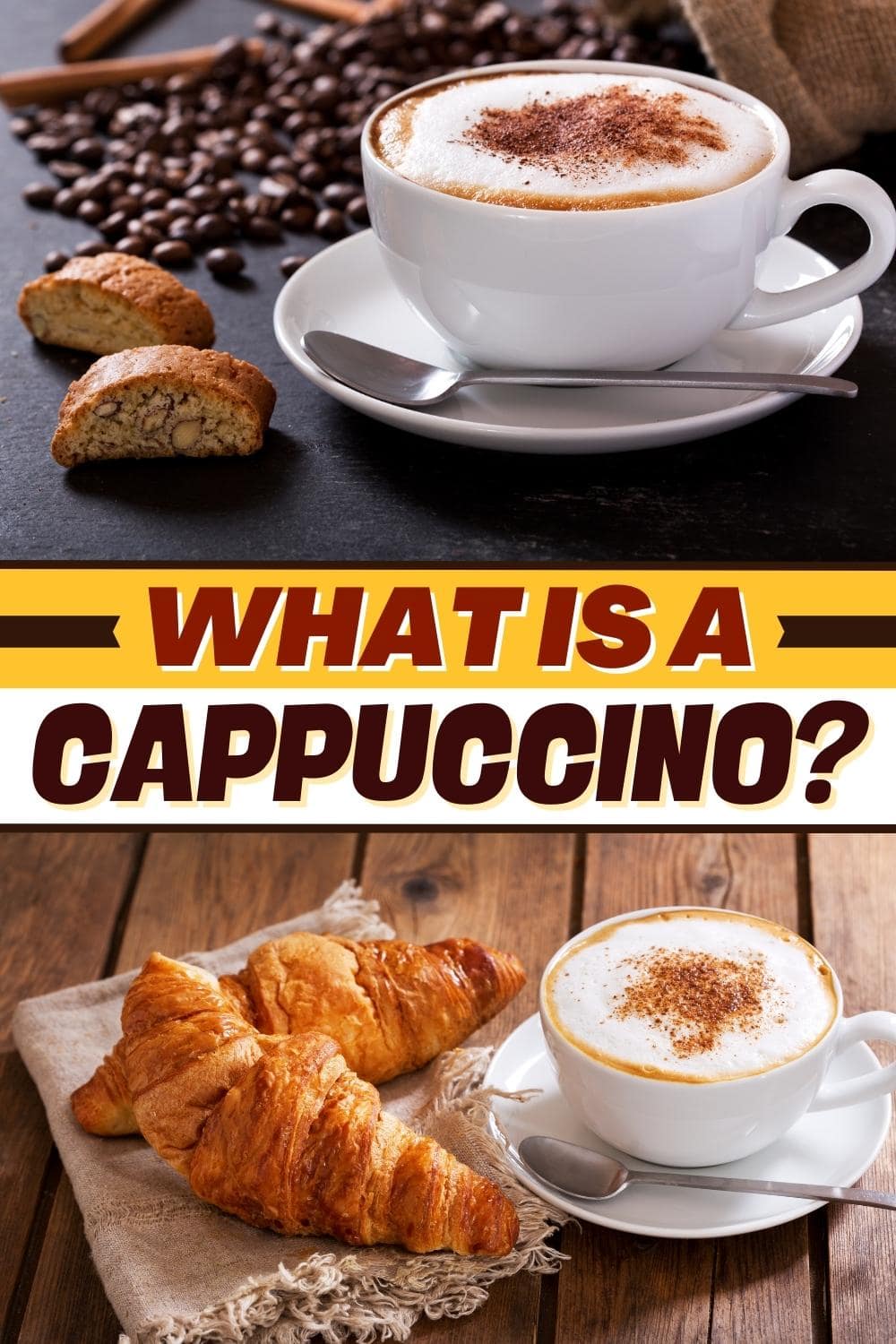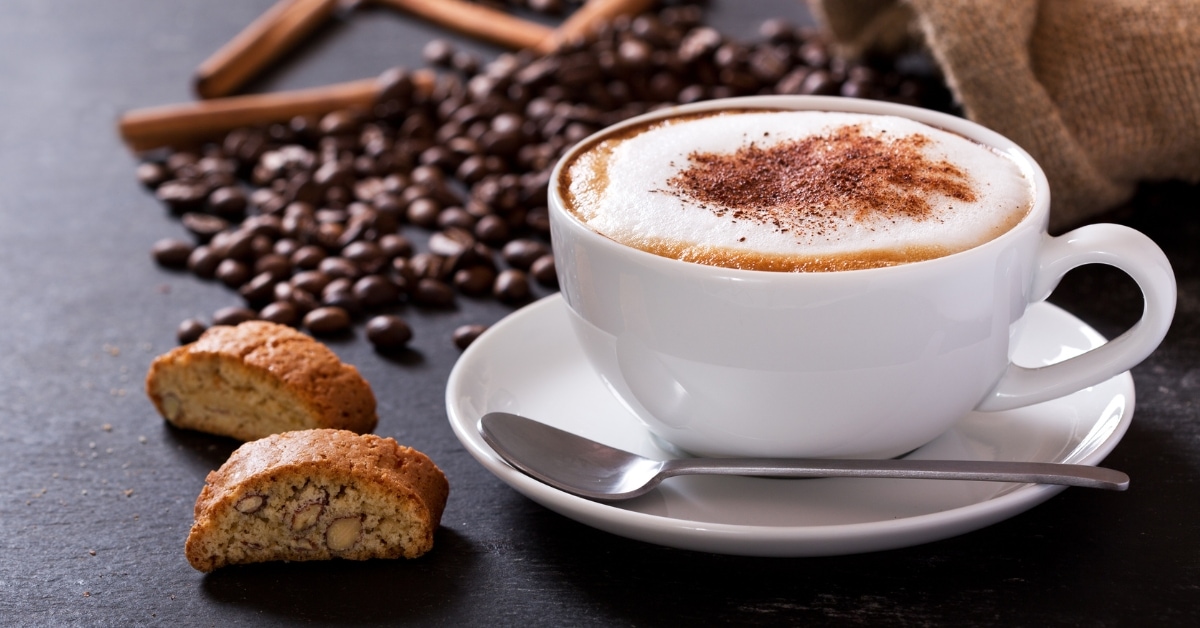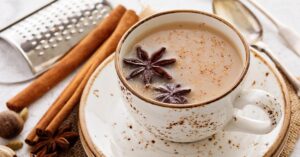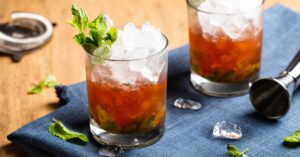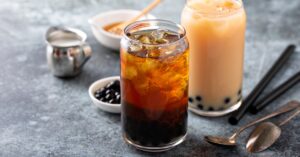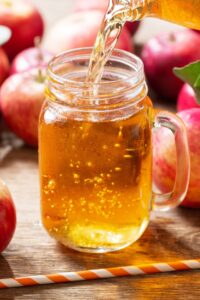What is a cappuccino, exactly?
Anyone who has visited a coffee shop has seen cappuccinos on the menu.
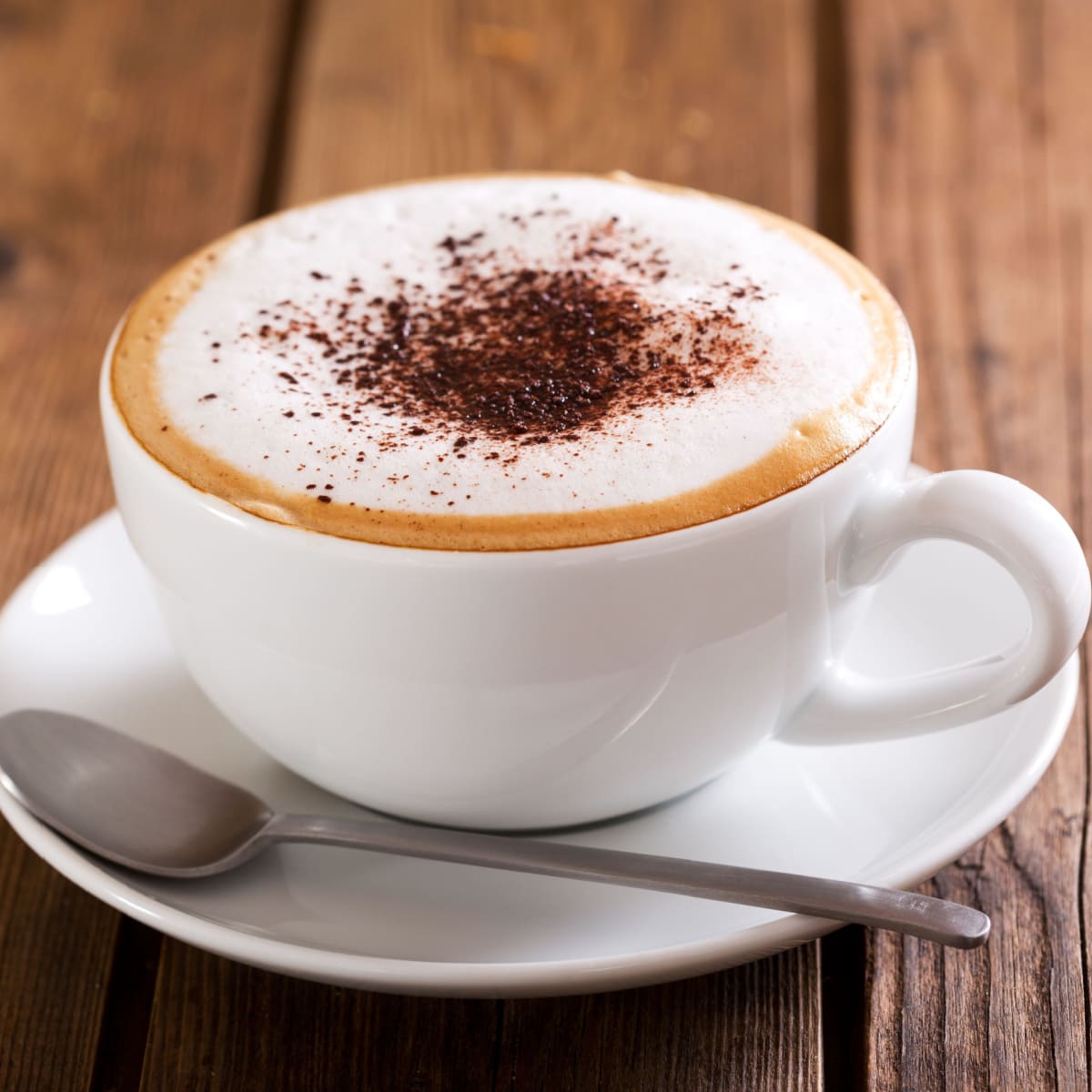
Asking a barista can feel a little intimidating. Especially when there’s a long line behind you. Yes, I’ve been there too!
We all start somewhere, though. So, I’m here to tell you all about the cappuccino.
Frothy, creamy, and bold- cappuccinos are one of the best ways to enjoy espresso.
Whether you’re an avid coffee drinker or a newbie, pour yourself a cup. Then read on to explore everything about cappuccinos.
What Is a Cappuccino?
Is it coffee? Is it espresso? Maybe, it’s just a latte with more foam?
To answer your burning questions… it’s sort of all of the above.
The cappuccino is an espresso-based coffee beverage that originated in Italy.
It features three distinct layers of ingredients: espresso, steamed milk, and foam. All three ingredients have equal ratios.
But as with all coffee drinks, there are variations. More on that later.
The name “cappuccino” is said to have come from the Capuchin friars of Vienna.
The color of the espresso in the drink resembled the color of the friars’ cloaks. And the foam topping was similar to white heads of the eldest friars.
Thus, the cappuccino was born.
Head to any coffee shop and you’ll undoubtedly see cappuccinos on the menu.
In America, it’s been a coffeehouse staple since the 1980s. That’s when the specialty coffee industry exploded.
But we aren’t the only ones who enjoy this exquisite beverage. Cappuccinos have become so popular that you can now find them worldwide.
Part of what made that possible was inventing the espresso machine.
During the early 1900s, the espresso machine became popular in Italian cafes.
Back then, they weren’t like the machines we operate at home. They were harder to work with and required baristas to operate them.
As espresso machine technology developed and became more common, so did the cappuccino.
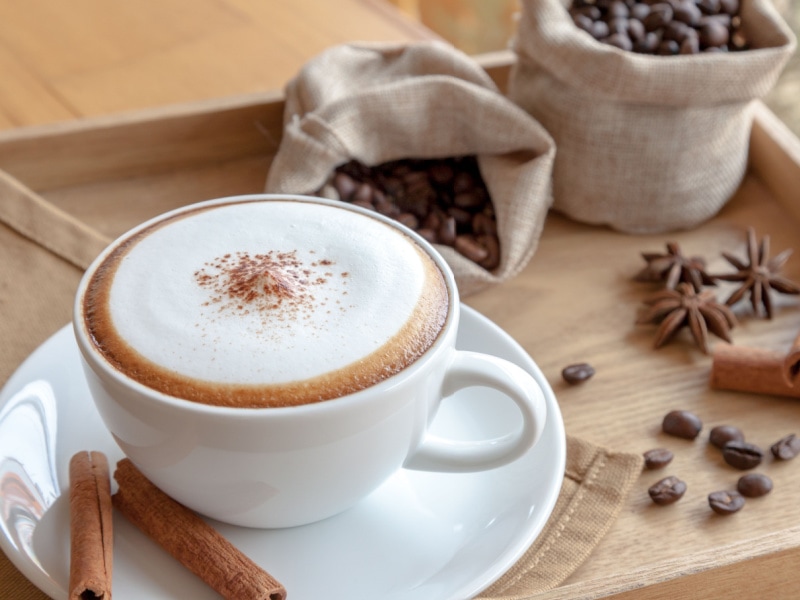
What Does Cappuccino Taste Like?
A cappuccino tastes like pure bliss. The combo of milk, foam, and espresso is divine.
There is just enough milk to mellow out the bitterness of the coffee. It adds a creamy flavor, while the natural sugars add a touch of sweetness.
Then there’s the foam which is like whipped cream on top! The flavors aren’t similar, but it creates a similar luxurious mouthfeel.
The foam is my favorite part!
Bold and velvety with a flicker of bitterness- cappuccinos are very delicious. The milk and espresso are balanced in every sip. Particularly if you like strong coffee drinks.
Of course, there is variation in every cappuccino.
This depends on the beans used to make it. You might notice undertones like hazelnut, citrus, or chocolate.
Using different milk will change the flavor too. Most coffee shops use whole milk as their standard. This makes the cappuccino velvety smooth.
A lower fat content won’t be as creamy. And vice versa. But low-fat and dairy-free options will still taste quite delicious.
Slow down and savor the finer things in life with a cappuccino. And perhaps a biscotti.
That’s the ultimate Italian treat!
Types of Cappuccino
If coffee lingo wasn’t confusing enough… there are multiple ways to make a cappuccino.
You may have overheard someone ordering a “wet” or “dry” cappuccino. WHAT.
Like most specialty drinks, there are variations. But don’t let the lexicon intimidate you!
Here are four types of cappuccinos to know, so you can order like a pro:
Iced
This one sounds pretty self-explanatory. But it depends on whom is making the drink.
An iced cappuccino is a cappuccino served cold instead of hot.
For some establishments, that means espresso, cold milk, and foam served on the rocks. For others, an iced cappuccino is a blended beverage.
So be sure to double-check with your barista.
Wet
A wet cappuccino has more steamed milk and less foam. The extra milk helps to smooth out the bitter espresso, making the drink silkier.
It’s a fantastic choice for those who like foam but prefer a toned-down espresso.
Dry
A dry cappuccino is the opposite of a wet cappuccino. It has more foam and less milk. Bolder and more bitter, it creates a more robust cup.
Flavored
Flavored cappuccinos include your desired flavor of choice. The selected syrup gets poured into the cup. That’s followed by the espresso, steamed milk, and foam.
Caramel, hazelnut, and vanilla are a few popular flavors. Come the holidays, peppermint, pumpkin, and gingerbread are best sellers.
Regular, iced, wet, or dry- you can make any of these a flavored cappuccino. Each variation can be made with decaf coffee.
It’s an ideal choice for winding down in the evening.
Do you need more caffeine? You can also order a double, triple, or quadruple shot!
Although, I don’t really recommend the last one. That’s a lot of caffeine.

Cappuccino vs. Latte
But wait a minute, isn’t a wet cappuccino just a latte? Yes and no.
Both drinks contain a shot of espresso, steamed milk, and foam. The main difference is the ratio of each.
As I mentioned earlier, cappuccinos have an equal ratio of all three ingredients. Lattes, on the other hand, have more milk.
There is about a one-to-two ratio of espresso to milk. The foam is more of a topper. It’s usually only enough to cover the drink.
The way the drink is poured is also different. Cappuccinos are layered, whereas the latte ingredients mix.
You might also get some fancy latte art. But that’s optional, not an overall defining trait.
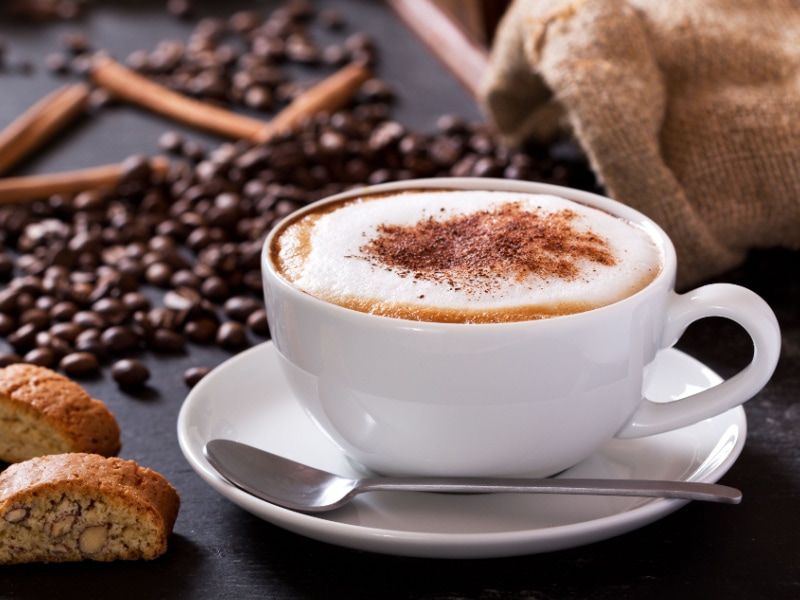
How to Make Cappuccino
Making a cappuccino is an art form.
It requires some finesse and practice. The key is to ensure the milk is frothy while still liquid enough for an equal ratio.
- Start by aerating your milk. To do this, pour cold milk into a milk steaming pitcher.
- Next, submerge the steam wand close to the side of the pitcher.
- You want it immersed just enough. The milk should cover the tip, and the sound should be muffled.
- As the milk heats up, move the pitcher up and down. You’ll notice the milk beginning to grow. That’s your foam!
- If you don’t have a fancy milk frothing machine you can use a mini electric whisk. They are very budget-friendly.
- In this case, heat the milk first until hot to the touch. Then, use the milk frother to create your foam.
- Put the whisk into the milk and turn it on. Move it up and down until your milk doubles in size.
- If you don’t have a fancy milk frothing machine you can use a mini electric whisk. They are very budget-friendly.
- Once it doubles, pull your espresso shot.
- An espresso machine is the simplest way to brew espresso. You can also use the stovetop method with a Moka Pot.
- Top the espresso with equal parts frothy milk.
- It helps to hold the foam back with a spoon as you pour. Then top it off with equal parts foam.
There you have it, a homemade cappuccino.
The cappuccino can be one of the trickier coffee drinks to master. But once you do, you reap all the rewards.
